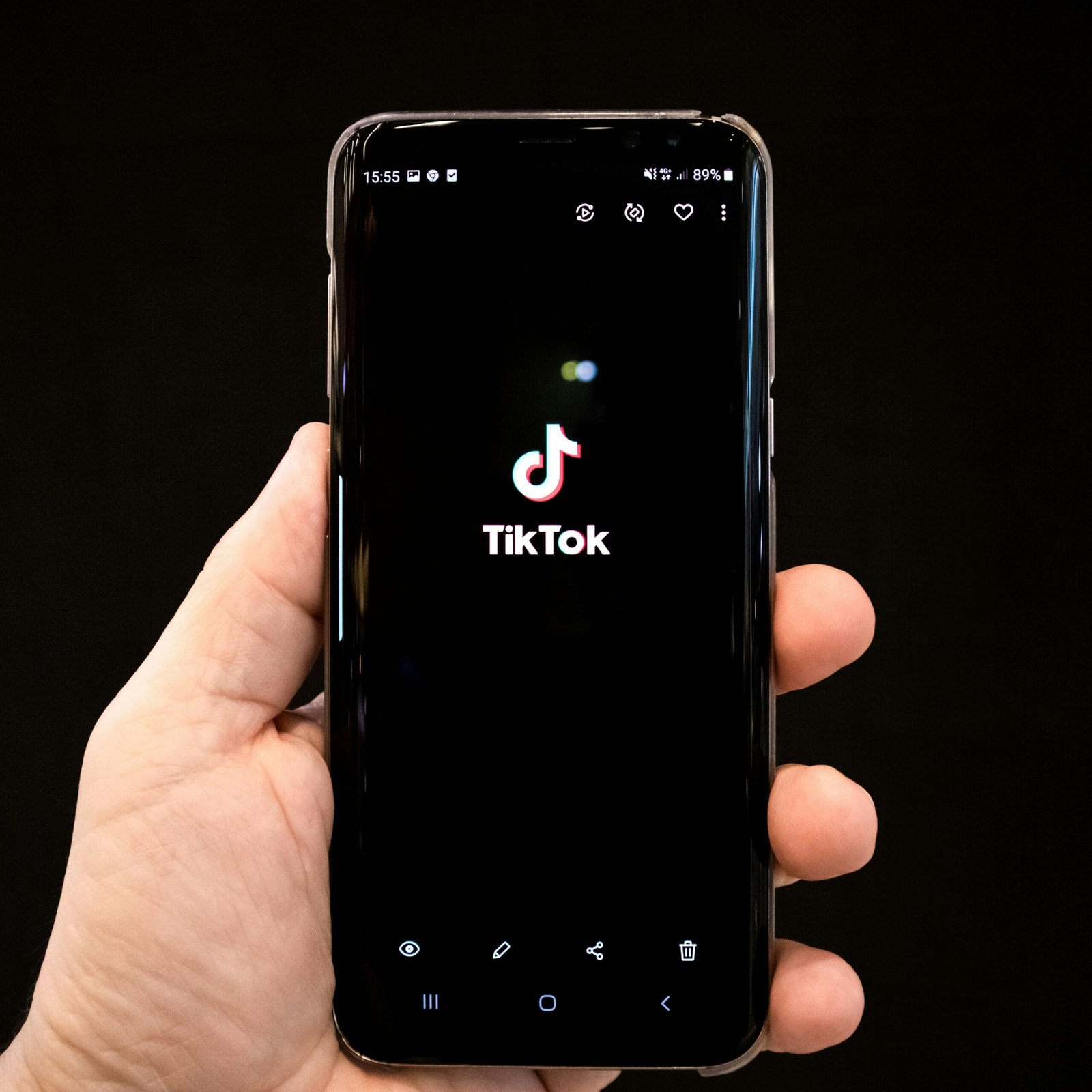The Impact of TikTok and Social Media on Teen Mental Health in 2025

The State of Teen Mental Health in 2025
The Importance of Addressing Teen Mental Health 2025
Understanding Teen Mental Health Challenges in 2025: Key Trends and Insights
As we analyze the implications of TikTok on teen mental health 2025, it is important to consider the evolving role of these platforms in shaping young people’s experiences.
As of 2025, the mental health landscape among teenagers in the United States reflects a growing crisis, characterized by an increase in diagnosed conditions such as anxiety and depression. Recent studies indicate that approximately 35% of adolescents report lingering feelings of sadness or hopelessness, which marks a significant rise compared to previous years. Among these, anxiety disorders affect nearly 25% of teenagers, illustrating a compelling trend towards heightened psychological distress within this demographic. The focus on teen mental health in 2025 is crucial as we navigate these challenges.
The rise of social media platforms, particularly TikTok, has played a notable role in influencing teen mental health in 2025. While platforms can serve positive functions, offering community and resources for young people, they also contribute to heightened anxiety and depressive symptoms due to issues such as cyberbullying, social comparison, and the pressure to maintain a curated online presence. Reports show that teens with high engagement on TikTok often develop negative body image and self-esteem issues linked to the content they consume, exacerbating feelings of inadequacy and isolation.
Data from comprehensive surveys reveal that nearly 40% of teens feel pressure to appear perfect online, leading to detrimental mental health outcomes. The pervasive nature of social media interactions means that teens are in constant communication with peers, which can sometimes magnify their vulnerabilities. Additionally, the expectation to be perpetually connected can lead to increased stress, as teens grapple with managing their social lives both online and offline.
In light of the available data, it becomes evident that addressing mental health issues among teenagers requires understanding the impact of social media, including platforms like TikTok. It highlights the necessity for adolescents to receive support and education on navigating these digital landscapes, emphasizing the importance of mental health resources tailored specifically for the younger population in the context of teen mental health 2025.





